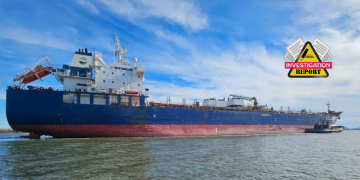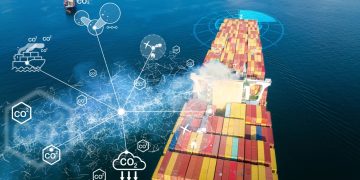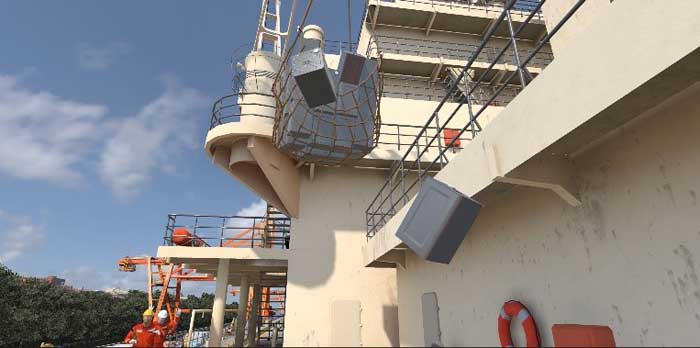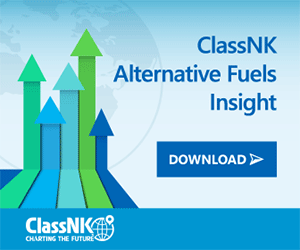MOL added 2 new training sessions, ‘cargo falling from cranes’ and ‘response to onboard fires’, to its mariner safety education tool goggle. This tool uses virtual reality (VR) technology to simulate onboard accidents with computer graphics.
MOL’s tool wants to improve seafarers’ risk perception by virtually experiencing onboard accidents that are depicted with computer graphics. These can potentially happen because of unsafe behavior. The tool also reviews the accident from another point of view.
[smlsubform prepend=”GET THE SAFETY4SEA IN YOUR INBOX!” showname=false emailtxt=”” emailholder=”Enter your email address” showsubmit=true submittxt=”Submit” jsthanks=false thankyou=”Thank you for subscribing to our mailing list”]
The training program specifies safety measures to prevent the accident and enhance seafarers’ awareness of ways to solve the problems safely.
The VR training system was launched in 2017, and MOL is using it to spread the VR training session on “preventing accidental falls”.
Now, the company added 2 training sessions after surveying occupational accidents that can be depicted using visuals and VR goggles.
Apart from MOL, other companies are using virtual reality technologies to train their crews. MacGregor opened a new facility in Arendal, Norway, which houses a training academy including a purpose-built virtual reality (VR) showroom for simulation training.
Also, Propel has developed a 3D-simulation model, entitled SAYFR, in an effort to allow people onboard and ashore to interact in different scenarios.
Last year, Carnival opened a for Simulator and Maritime Training, called CSMART, in Almere, Netherlands to provide maritime training through technology solutions from Transas.
Virtual reality has the potential to transform the traditional learning approach, by making interactive content available to anyone, anywhere and at any time.
Video, online communications and virtual learning are growing rapidly as training tools. There is currently a significant investment in VR learning by many companies which have acknowledged the many advantages that this technology has, especially for jobs in complex and dangerous environments.
Finally, VR provides a level of gamification that engages employees’ brains and makes the learning interactive and easier.





























































